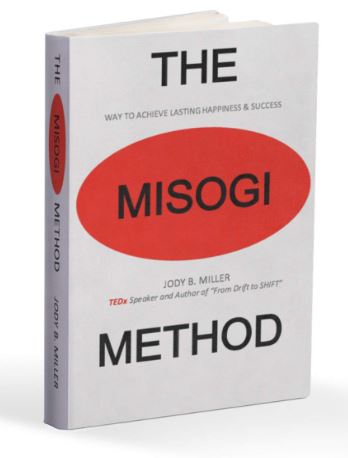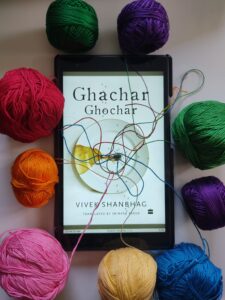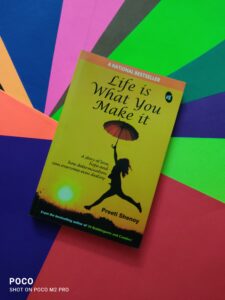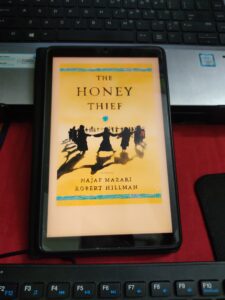
by Jody B. Miller
The Misogi Method:
Misogi is an age-old practice, originated from the Japanese Shino ritual that concentrates on the purity of the soul by standing naked under a freezing waterfall. The author not only introduces this sacred ritual to us but also amplifies all the benefits and blessings of this method in the present context.
Now there are certain ways by which we can get the benison of this method. What are they? How are they going to help one break through the perils of unhappiness and create a life of meaning, purpose, love, and joy? Jody B. Miller has speculated vividly over these processes in individual chapters that will help her readers understand every step easily.
I found the author has researched extensively over rituals and traditions of various countries and communities and even she knows about Hindu Gods and Goddesses. Being an Indian, I feel a connection with her most amiably.
When we ‘repeat a particular action or a series of actions to experience the desired effect’ it is called ritual. It injects a sense of belongingness within us. Ritual is personal while tradition is passed on from generation to generation.
Again, she differentiates habit from ritual.
Whereas habit is a recurrent practice of doing something to incorporate a new move in our daily life, ritual is intentional participation in the act to elevate our confidence and conscience to provide our life with a sense of completeness.
Alvina’s Verdict:
The book contains illustrations and online photos, making the process relatable and comprehensible. There is scope for practising the ritual through the exercises provided at the end of each chapter. Again, for the brief revision, major areas are highlighted with bullet points.
I want to express my gratitude to the author and editor for presenting such an excellent book to the readers. The author masterfully mashes the ancient ritual in a modern setting. The book is professionally edited, and I found no errors while reading.
I like the part most where the author describes her childhood days of games and fun and explains how it helps expand her comfort zone.
“I believe that the hours upon hours and years upon years of free play (some of it way outside my comfort zone, which I’ll expand on later and which is crucial to the success of your own personal growth), helped me develop into a person who not only goes with the flow, but has no problem trying new things.” Page 14
Her individual experiences add probity and elasticity to her propaganda. I wholeheartedly rate the book five out of five. It has opened a new vista of spirituality before me through an age-old Japanese ritual.
There is one thing that makes me impatient. The author mentions the word ‘Superstition’ in the context of ritual but leaves the topic without explaining it. She cites some unreasonable personal habits of Rafael Nadal but ultimately terms them as ‘ritual’ whereas her heading of the paragraph is “Rituals and Superstition.” So what does he mean by Superstition?
She emphasizes journaling to keep track of the spiritual journey. She even suggests that the readers should print out the practice pages at the end of every chapter in the case of e-books. At the end of the book, the Misogi interviews help the readers to understand more about this progress in practical life. This book fascinates me deeply with its powerful missive of the self-journey. From today onwards, I will search my Misogi as once I had tried to find my Ikigai.






